Machine learning significantly reduces the time and cost involved in drug screening.
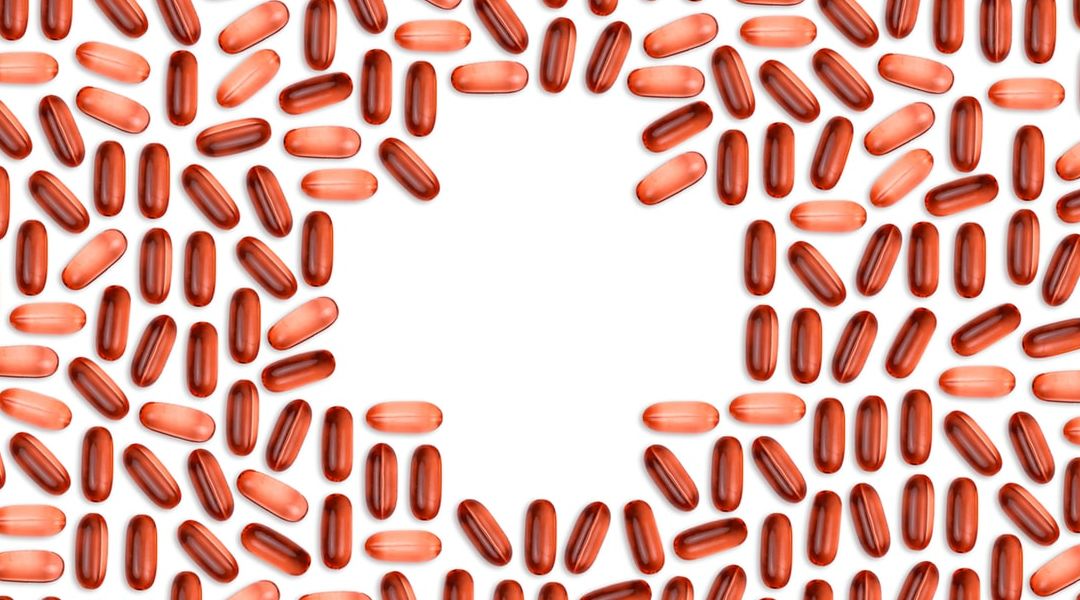

Machine learning significantly reduces the time and cost involved in drug screening.

The remarkably agile arms of the octopus are a source of inspiration for the design of autonomous robots.
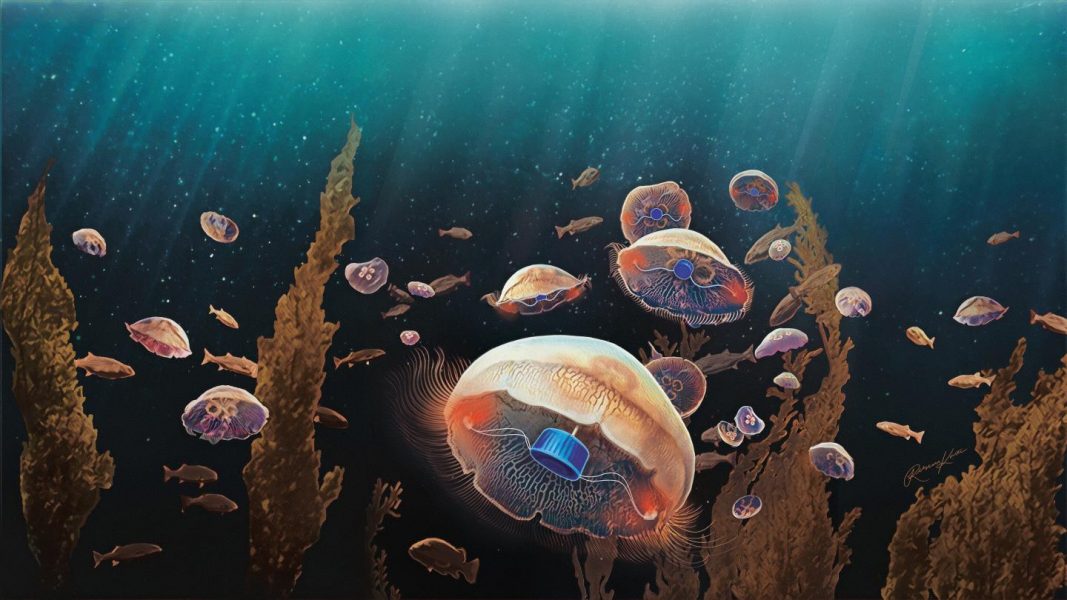
Researchers at Caltech and Stanford use microelectronics to enhance jellyfish swimming.

A new approach combines 3D coherent imaging with machine learning to detect microscale microplastics in filtered water samples.

Researchers develop a biomimetic flow channel module that facilitates continuous process water analysis in washing machines.
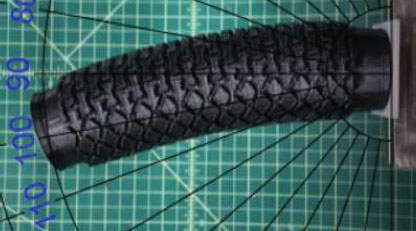
Researchers from UC Berkeley are utilizing deep learning to bypass iterative finite element calculations. Their deep learning model is trained using finite element simulation data to predict the deformation behavior of favorable designs.
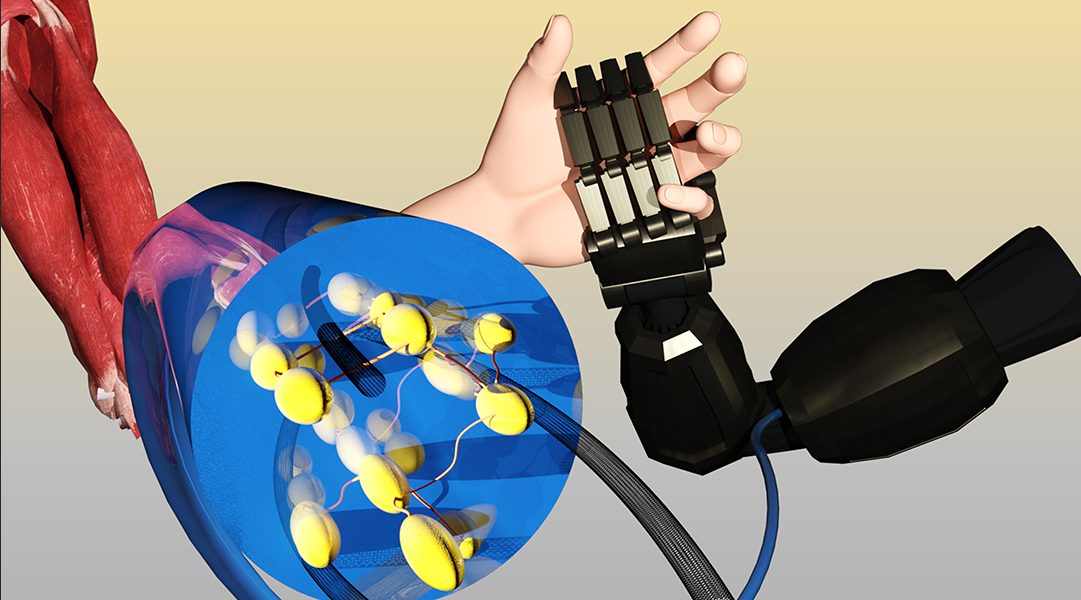
Researchers develop dual-responsive muscle-like soft actuators with both dexterity and high mechanical strength.

A new approach seeks to use the “intelligence” aspects of AI to understand the physics of photonic nanostructures.
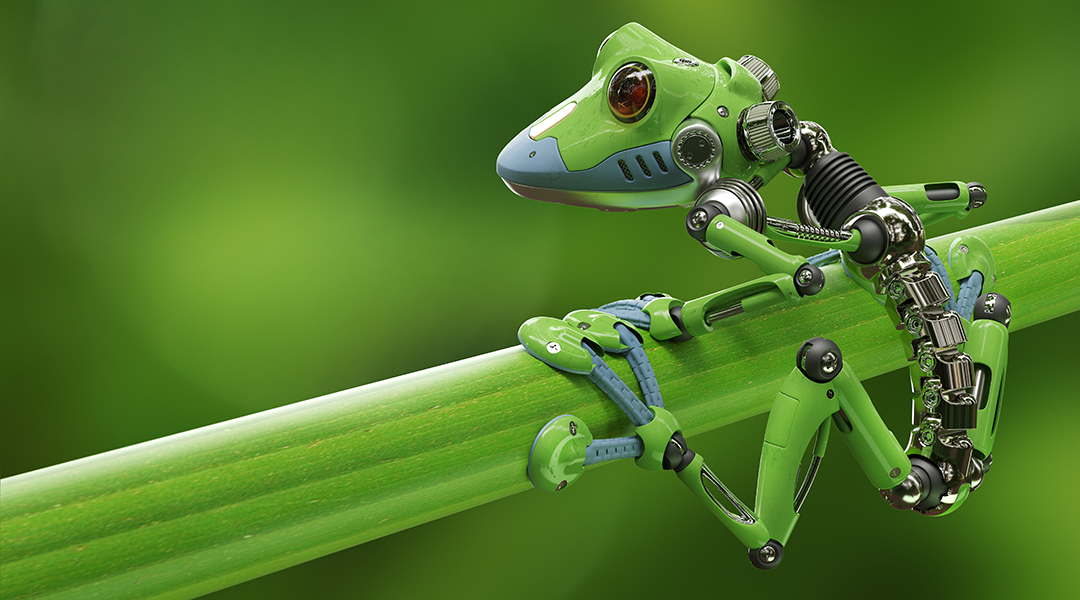
Tiny ‘xenobots’ assembled from cells promise advances from drug delivery to toxic waste clean-up.
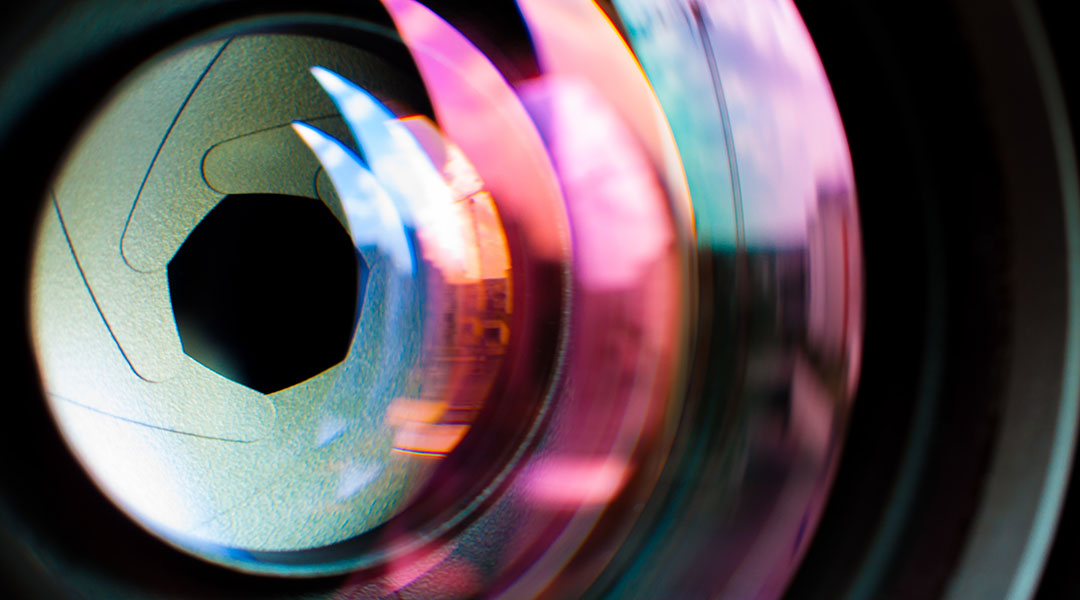
Hardware and software tweak microwave patterns to discover the most efficient way to identify objects.